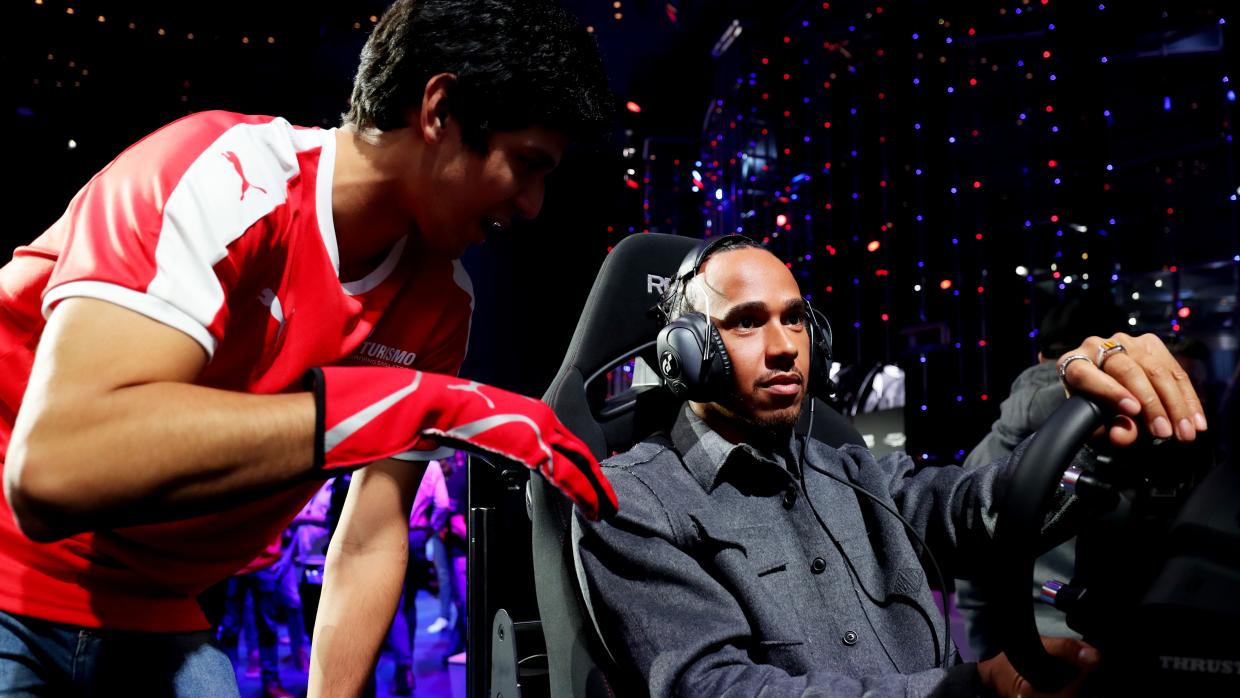How Gran Turismo gets esports right
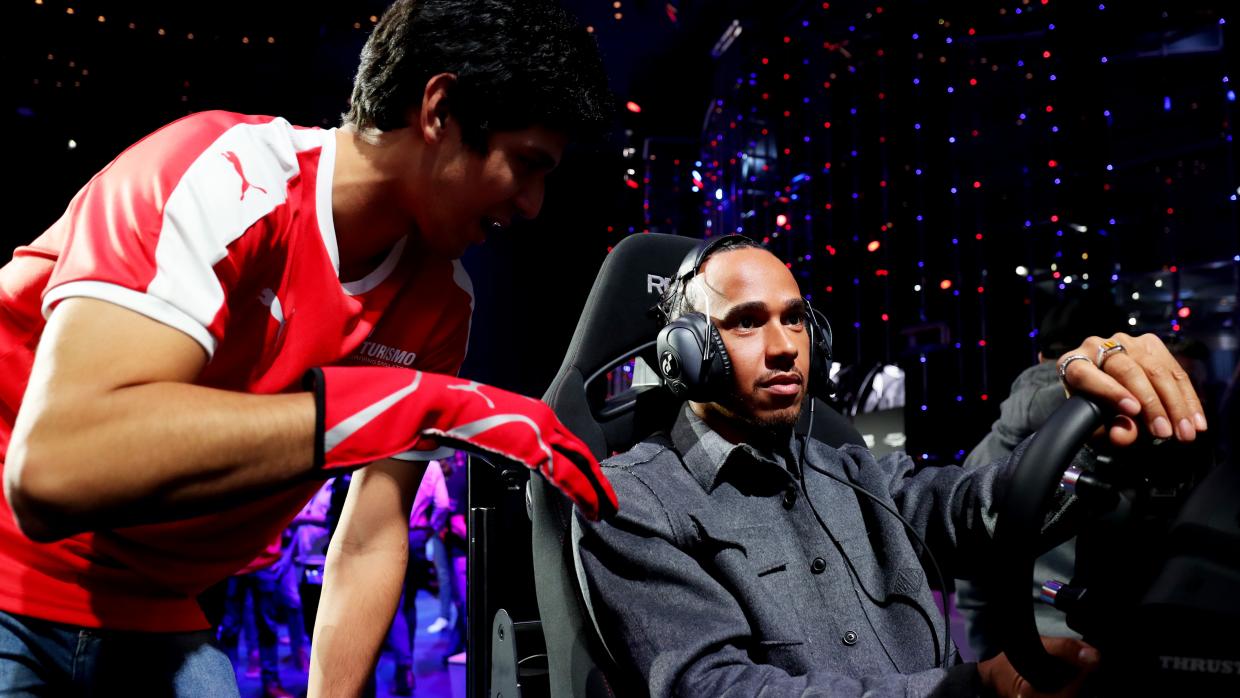
Gran Turismo wrapped up its season of virtual racing in Monaco last weekend with the Gran Turismo World Finals. Races were won, champions were crowned and not a single drop of real life fuel was burnt, which will keep the planet happy for a bit. Granted, watching pretend motorsport might not be to everyone’s tastes, but far from just a scheme to flog a few extra PlayStations, we reckon Gran Turismo’s FIA endorsed championship has found the rare alchemical balance required to do racing esports properly. Here’s how…
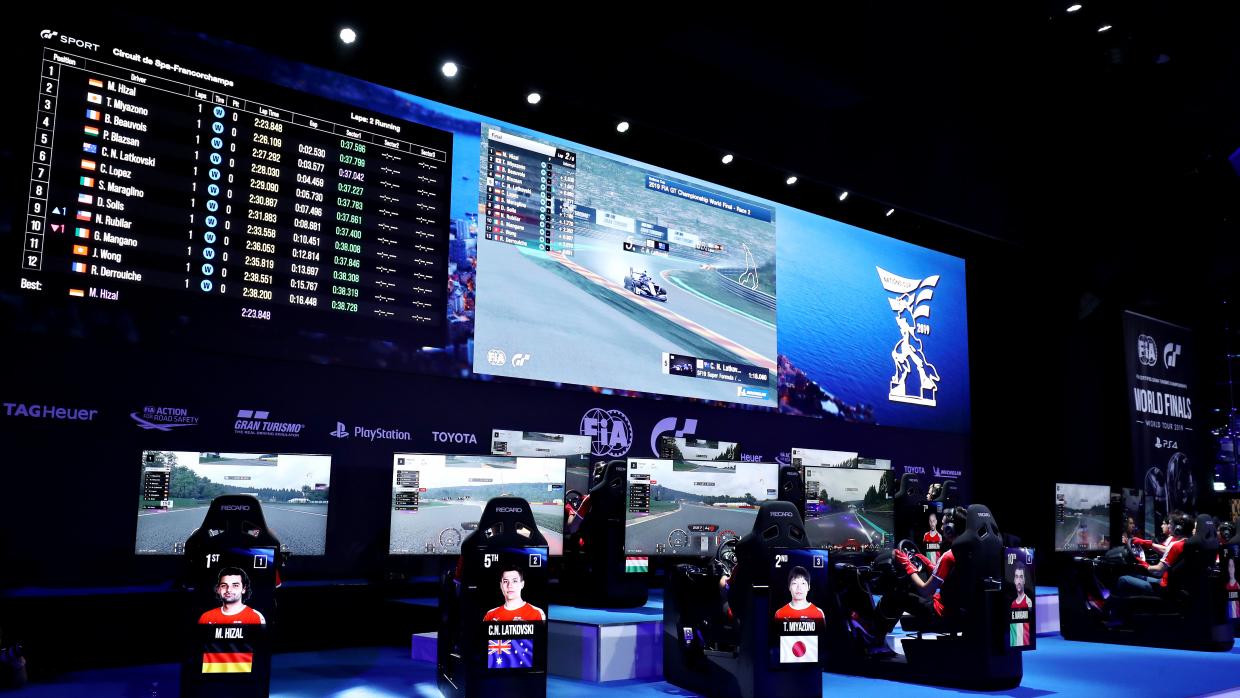
1. It has variety
With GT Sport’s now sizeable a la carte menu of circuits and cars, within a single evening’s broadcast you can see impossibly futuristic prototypes scything around Le Mans, GT3s slipstreaming along a Tokyo motorway and formula cars dicing at a rain-soaked Spa-Francorchamps all in the same amount of time it takes to sit through a Grand Prix. This is the chocolate selection box of racing, but without the wave of nausea after you polish the whole lot off by yourself.
What’s more, there’s a reason to tune in because the championship is often used to debut new cars and circuits before they arrive in the game, with the Monaco finale offering the first tantalising glimpse of classic Gran Turismo favourite Laguna Seca, available as a free download in the coming months. We’ve played it and it’s exactly as brilliant as you remember.
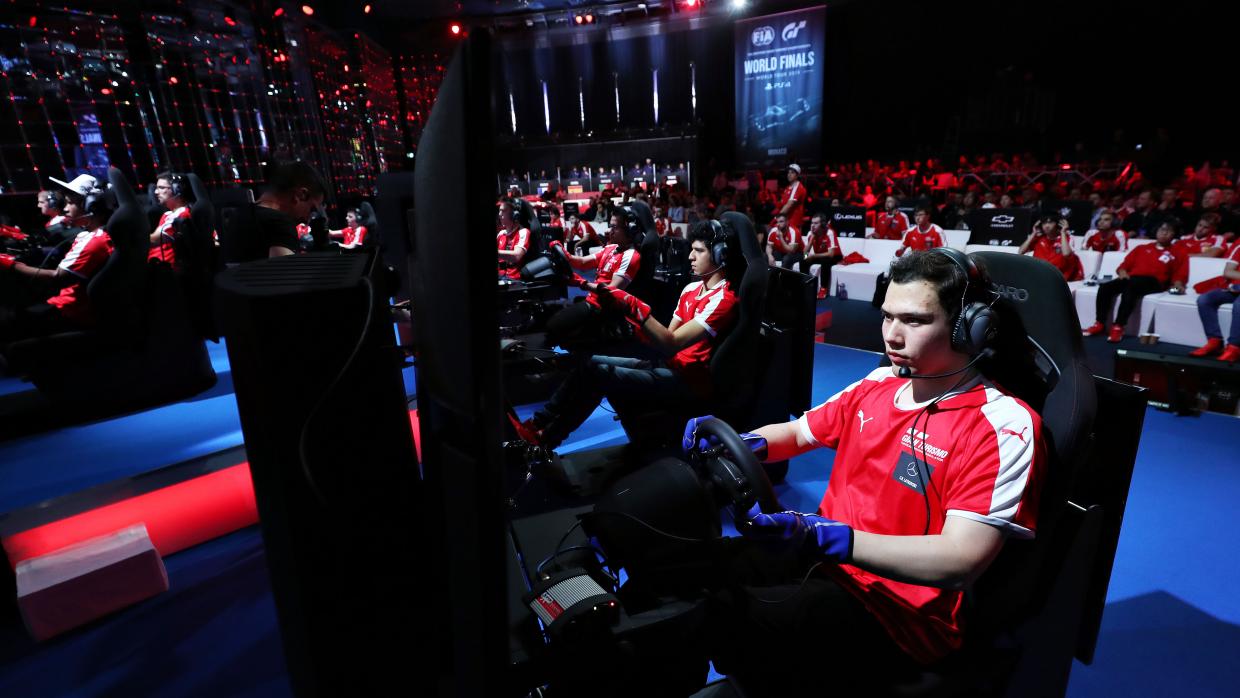
2. It's watchable
Each round is presented as a slick, glossy TV-quality show and just like on your PS4 at home, the game itself remains stunning to behold. Because GT Sport was designed with exactly these sorts of race broadcasts in mind from the very beginning, there are useful overlays, additional camera angles at the director’s disposal and instant replays available whenever there’s an incident.
Knowledgeable commentators, including sim-racing expert Jimmy Broadbent, and instant interviews with the key players after the race mean you’re always astride of the action. The races themselves are generally short sprint affairs compared to Formula One, but still benefit from the added texture of tyre and fuel strategy. And because this is a brand new championship with little in the way of historical baggage, they can fiddle with the rules until they get it right.
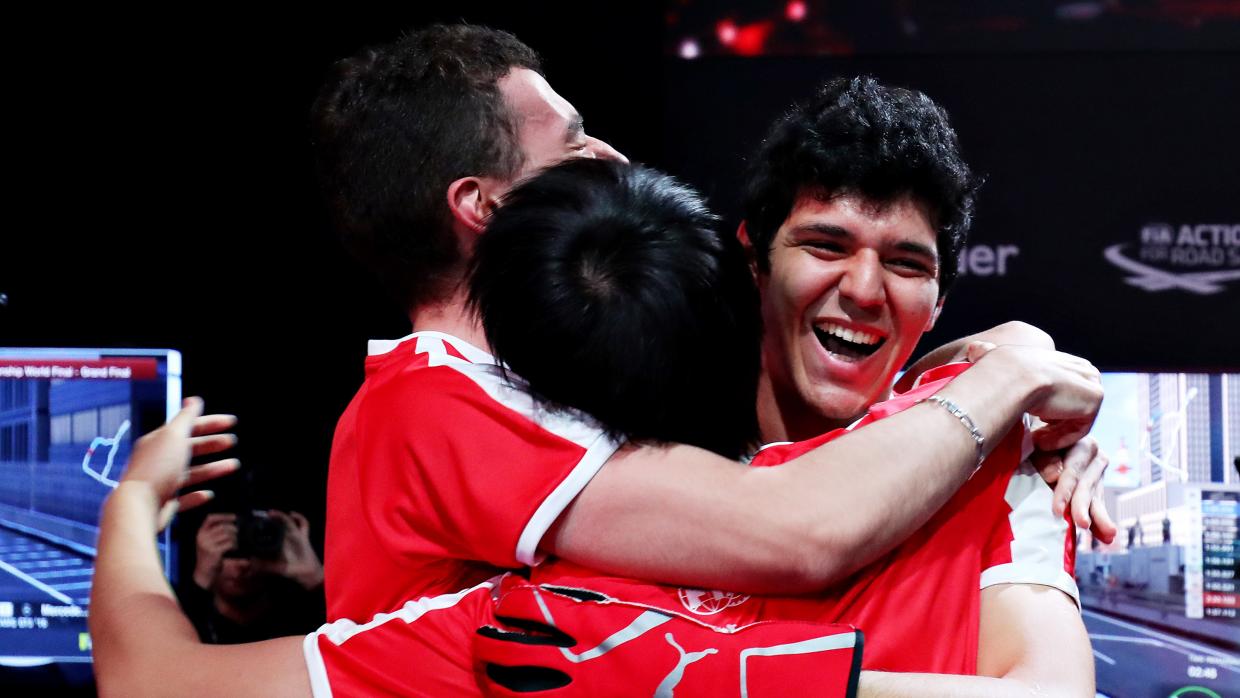
3. It's relevant
The sun may have set on the GT Academy programme a fair few years ago now, but the GT World Championship has become a new method for unearthing sim-racing talent and helping them build a career in actual motorsport. Brazilian driver Igor Fraga is already eyeing up a season of real-life FIA Formula 3 with sponsorship support from Gran Turismo and we’d be surprised if standout talents don’t follow.
Better yet, if Fraga can claw his way to Formula One in the coming years, it would be the ultimate validation of GT Sport’s brand of simulation racing. Well either that or Lewis Hamilton quitting his job to play PlayStation full time…
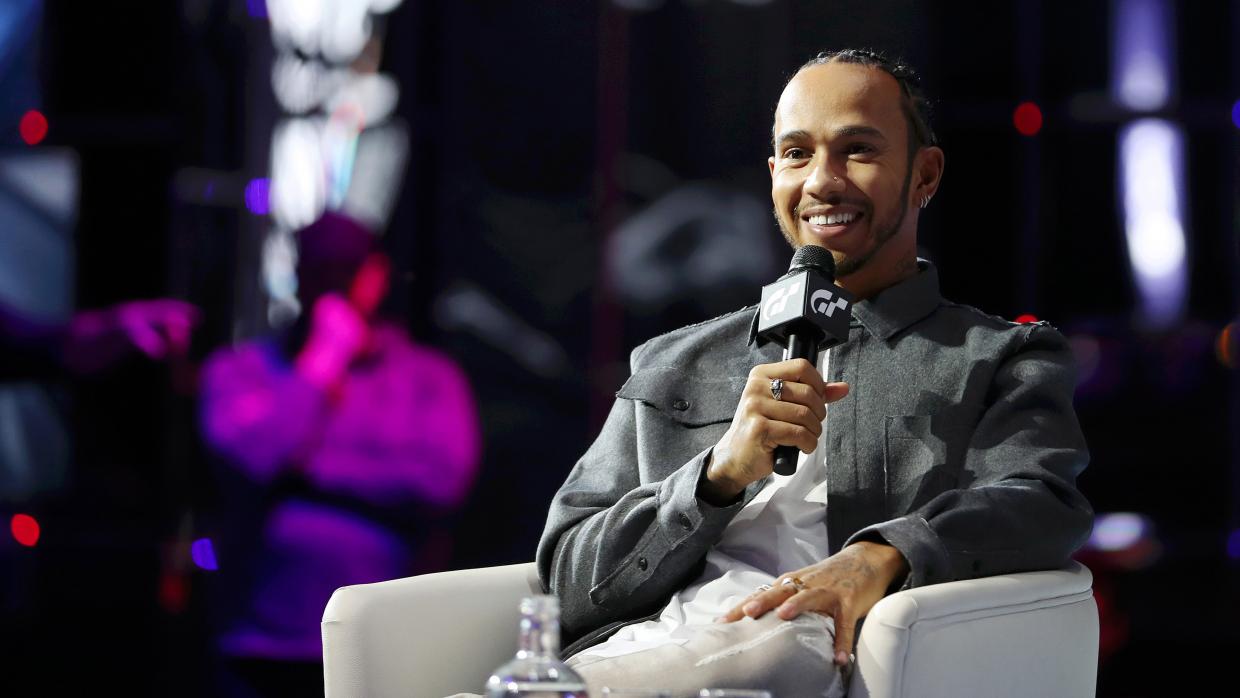
4. Real racers are taking notice
One of the striking things about the World Finals event in Monaco was how many real racing drivers showed up either to support or spectate. Inaugural W Series champ Jamie Chadwick stepped up to commentate on one of the Manufacturer’s Cup races on Saturday night and AMG-Mercedes factory driver Adam Christodoulou was on hand to help coach the Merc squad in their tilt at the same trophy. Neither could resist the call of the cockpit either, competing in a ‘Pro-Am’ race around Laguna Seca that demonstrated just how close the real racing drivers are to their virtual counterparts.
Lewis Hamilton was again the guest of honour on the opening day of competition, offering advice to the participants on how to handle the pressure of a championship decider and announcing a new piece of downloadable content, out now, that allows you to challenge his times in-game. Oh and some youngster called Max Verstappen showed up totally unannounced on Sunday night to spectate the Nations Cup final. That means the GT World Finals must be at least as good as Antiques Roadshow.
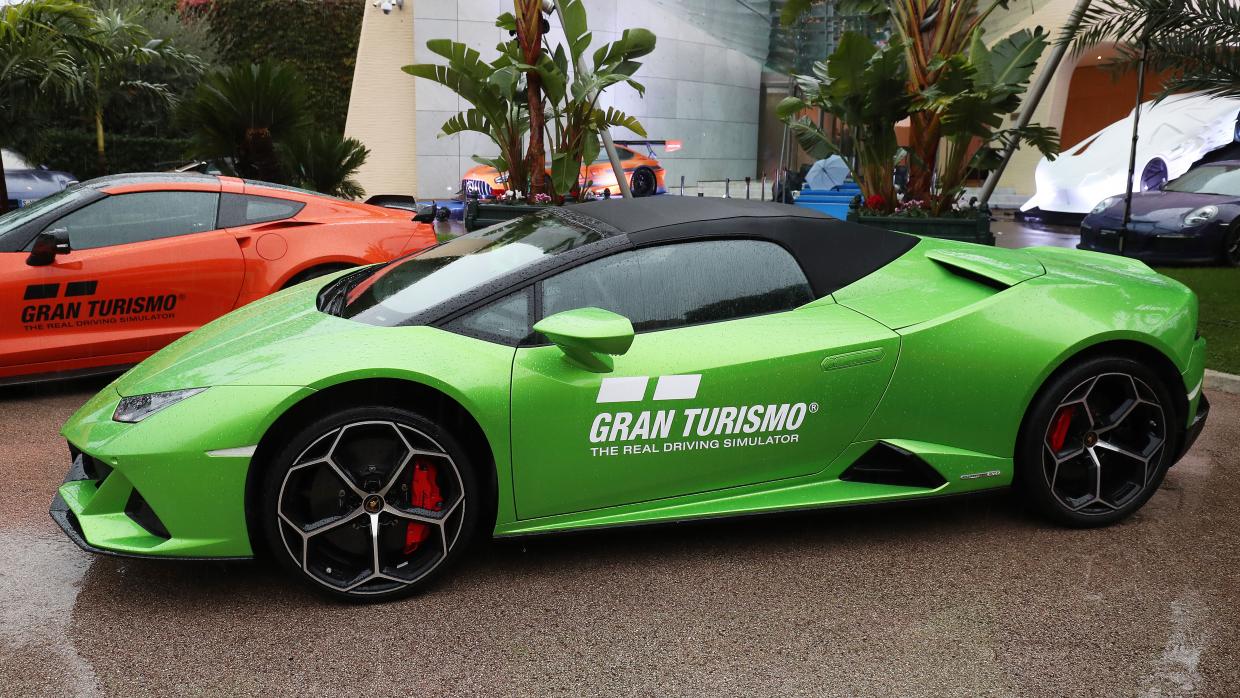
5. Manufacturers love it
Other racing games might boast similarly sized car lists, but none have the relationship with manufacturers that Gran Turismo enjoys, mainly owing to its Vision GT project. In fact, Lamborghini’s improbably named Lambo V12 Vision GT concept was unveiled at the event, looking like a fighter jet had a baby with a praying mantis.
A specific Gran Turismo Manufacturer’s Cup offers car makers all the benefits of a factory racing programme, but with none of the astronomical costs associated with it. You can see why they’re so keen then…
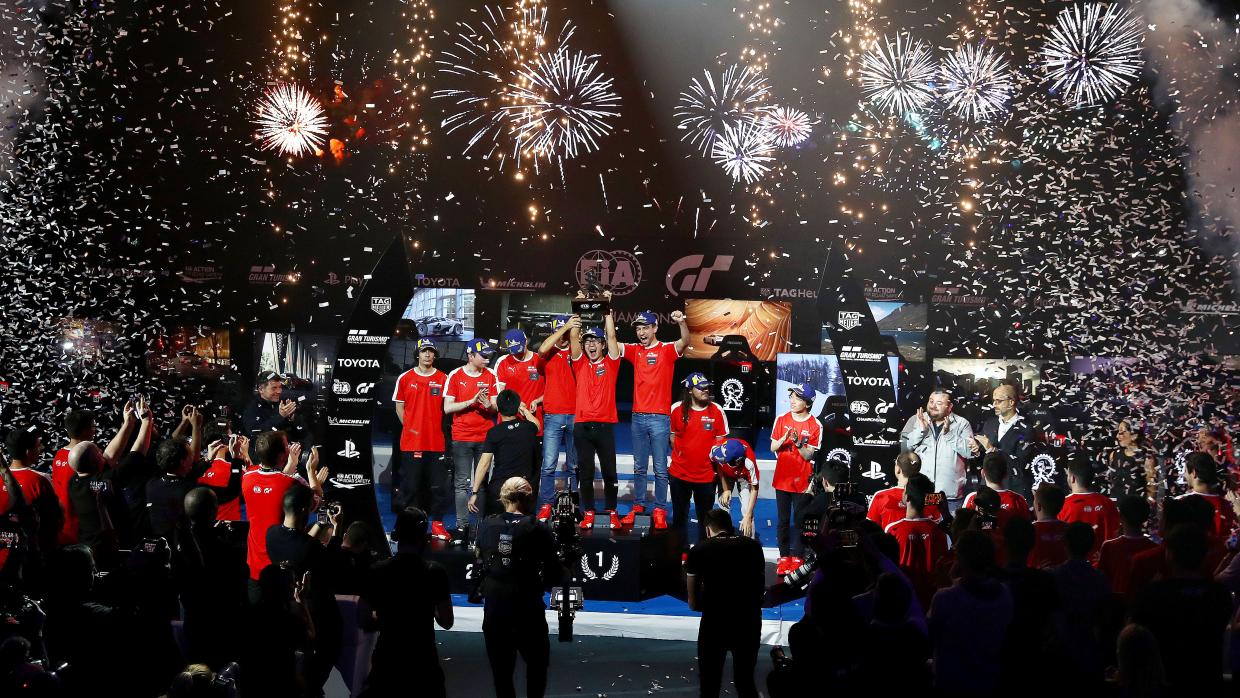
6. It's here to stay
For series creator Kazunori Yamauchi, this isn’t just a marketing exercise, he sees it as laying the foundation for the next hundred years of motorsport. What’s more, with motorsport as a hobby second only to Fabergé Egg juggling in terms of expense, he sees GT Sport as a way for people from more modest backgrounds to compete.
“Motorsport has a long history now, but for a long time it was a sport that was really done by the higher social classes, people with money,” Yamauchi explained to TG.
“It’s only in the 1970s where its doors opened to the general public and just placing stickers on a car brought in huge commercial money. But that was a very special era for motorsport. Around the 90s is where that door started closing again.”
“I grew up in that era where the doors were open to everyone and I discovered the fun of motorsport in that way. I have this fear that unless we do something about it now, motorsports won’t be able to exist in popular culture anymore and that’s something that concerns the automotive industry as well. That’s why they’ve been so willing to help us and support the championships and everything we do.”
